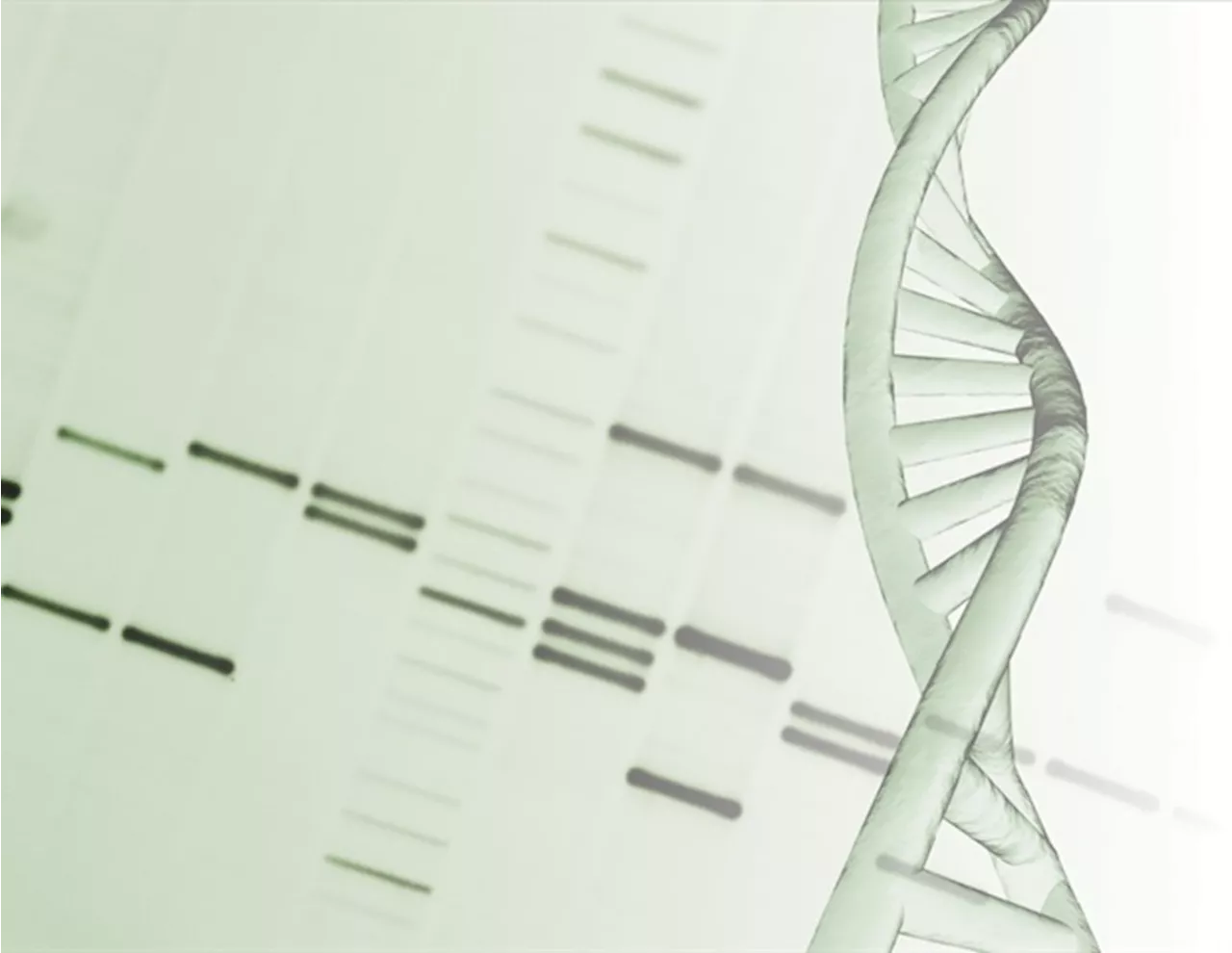In the era of big data, global mass data flow has presented data storage systems with a looming challenge.
Peking UniversityDec 26 2024 Why it matters: As DNA has incredibly high storage density – a single gram of DNA can store 215,000 terabytes, the same size as 10 million hours of high-definition video – and long-term stability, it is an attractive medium for data storage. However, conventional DNA storage relies on de novo synthesis, where nucleotides are added one by one in a fixed order, making the process time-consuming and costly. Zhang et al.
Additionally, the epi-bit method can be used by individuals to personalize their DNA storage, as shown by implementation of the method by 60 volunteers from diverse academic backgrounds. This clearly demonstrates the potential Zhang et al.'s epi-bit method has as an accessible, versatile, fast, and low-cost method for DNA storage. - Pre-synthesized DNA fragments, called DNA bricks, are assembled on a reusable DNA strand. Each DNA brick binds to a unique location on the strand.
- The precise binding of the brick guides an enzyme to methylate a specific position on the template, which effectively "prints" the data onto the template. - Following the same binary system as computer hardware, each DNA brick carries a methylated or unmethylated site to encode a 1 or 0, respectively. Key findings: - Using the epi-bit method, Zhang et al. were able to write 275,000 information bits onto five templates on an automated platform, with no synthesizing of DNA required, including two high-definition photos of a white tiger and a giant panda.
- On iDNAdrive, a platform created by Zhang et al. that allows users to encode data themselves, volunteers encoded approximately 5,000 bits of data using epi-bit writing kits. The error rate when reading the data was as low as 1.42%. Journal reference:Zhang, C., et al. Parallel molecular data storage by printing epigenetic bits on DNA. Nature. doi.org/10.1038/s41586-024-08040-5.
United Kingdom Latest News, United Kingdom Headlines
Similar News:You can also read news stories similar to this one that we have collected from other news sources.
 Challenges and advancements in biopharmaceutical formulation developmentDiscover the critical challenges and groundbreaking advancements shaping biopharmaceutical formulation development.
Challenges and advancements in biopharmaceutical formulation developmentDiscover the critical challenges and groundbreaking advancements shaping biopharmaceutical formulation development.
Read more »
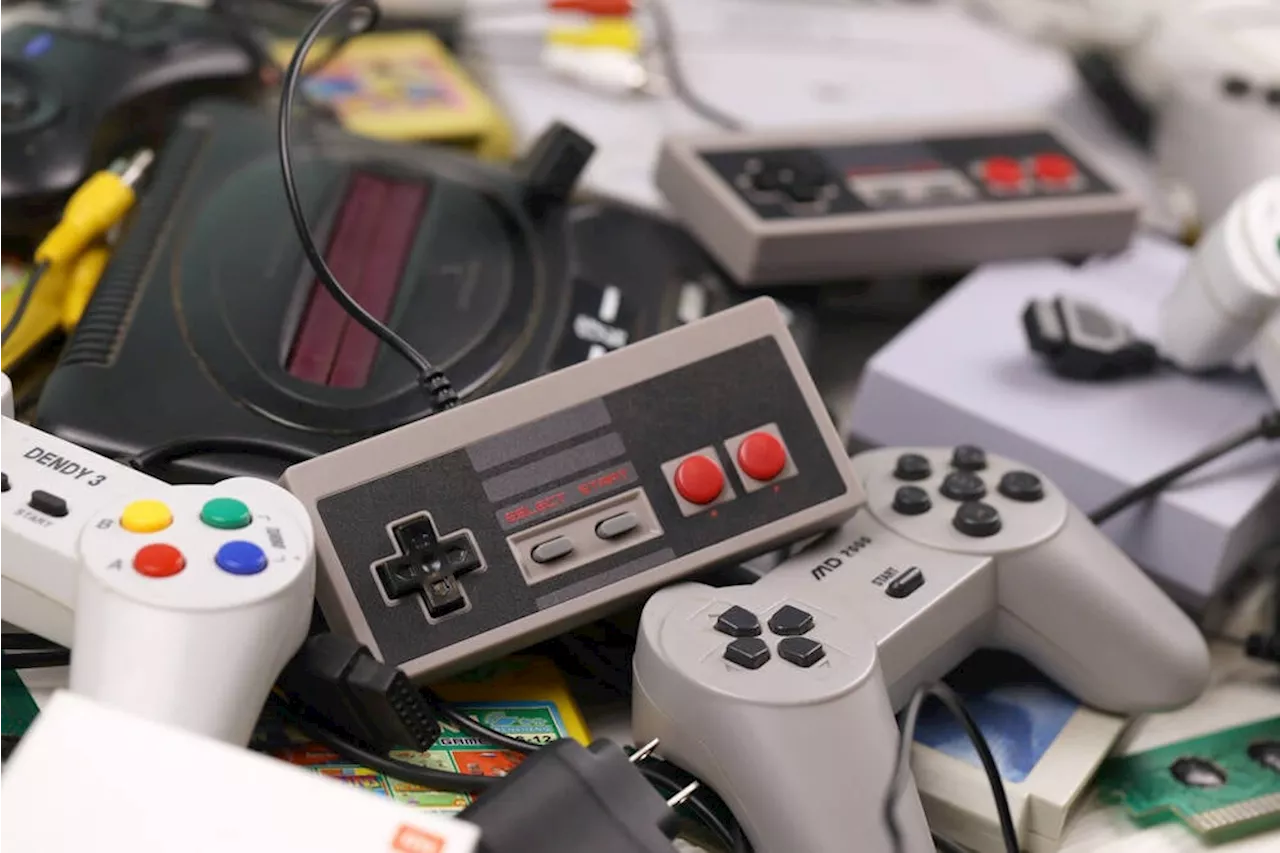 AI Inferencing Breaks Speed Records with Cerebras and Groq's AdvancementsCerebras and Groq achieve groundbreaking speeds in AI inferencing, surpassing GPU capabilities. The use of speculative decoding, leveraging smaller draft models, contributes to these impressive results.
AI Inferencing Breaks Speed Records with Cerebras and Groq's AdvancementsCerebras and Groq achieve groundbreaking speeds in AI inferencing, surpassing GPU capabilities. The use of speculative decoding, leveraging smaller draft models, contributes to these impressive results.
Read more »
 Baba Vanga Predicts 2025: Alien Contact, Scientific Advancements, and Natural DisastersBaba Vanga, a famed blind mystic known for predicting global events, foresees a 2025 marked by groundbreaking scientific discoveries, extraterrestrial contact, and devastating natural disasters.
Baba Vanga Predicts 2025: Alien Contact, Scientific Advancements, and Natural DisastersBaba Vanga, a famed blind mystic known for predicting global events, foresees a 2025 marked by groundbreaking scientific discoveries, extraterrestrial contact, and devastating natural disasters.
Read more »
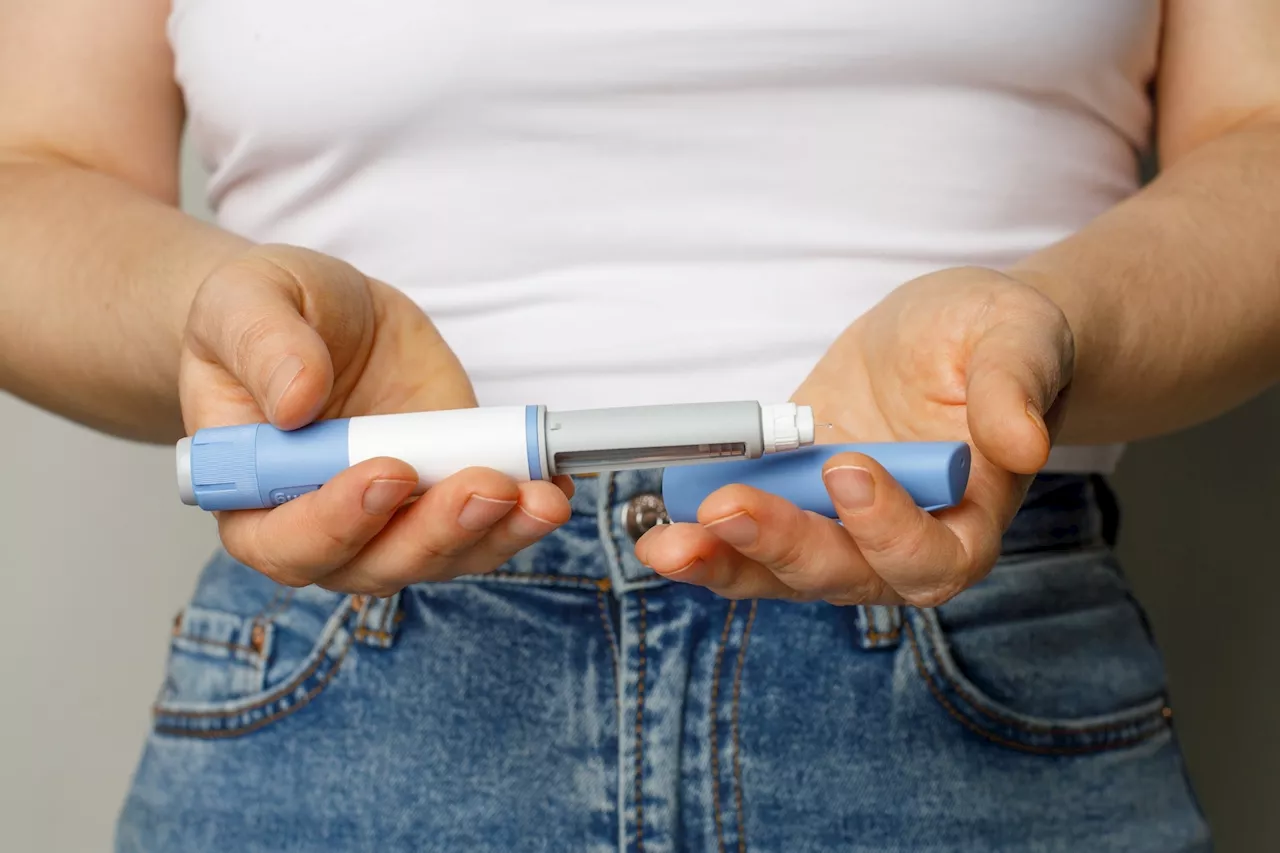 Expert explores the expanding applications of GLP1 therapiesResearchers review recent advancements in glucagon-like peptide-1-based therapies.
Expert explores the expanding applications of GLP1 therapiesResearchers review recent advancements in glucagon-like peptide-1-based therapies.
Read more »
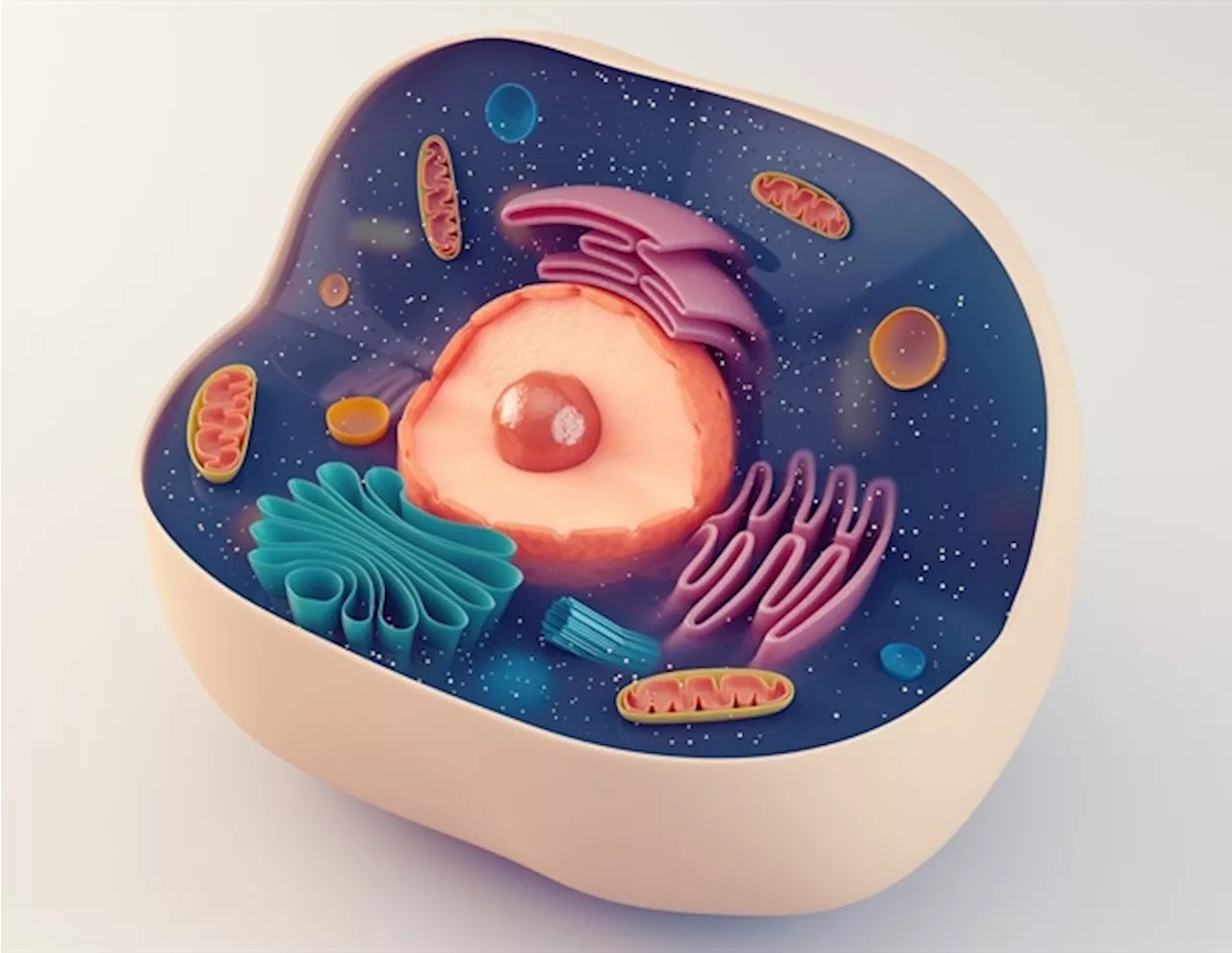 DNA-based nanorobotic hand could block viruses and enable rapid diagnosticsA tiny, four-fingered 'hand' folded from a single piece of DNA can pick up the virus that causes COVID-19 for highly sensitive rapid detection and can even block viral particles from entering cells to infect them, University of Illinois Urbana-Champaign researchers report.
DNA-based nanorobotic hand could block viruses and enable rapid diagnosticsA tiny, four-fingered 'hand' folded from a single piece of DNA can pick up the virus that causes COVID-19 for highly sensitive rapid detection and can even block viral particles from entering cells to infect them, University of Illinois Urbana-Champaign researchers report.
Read more »
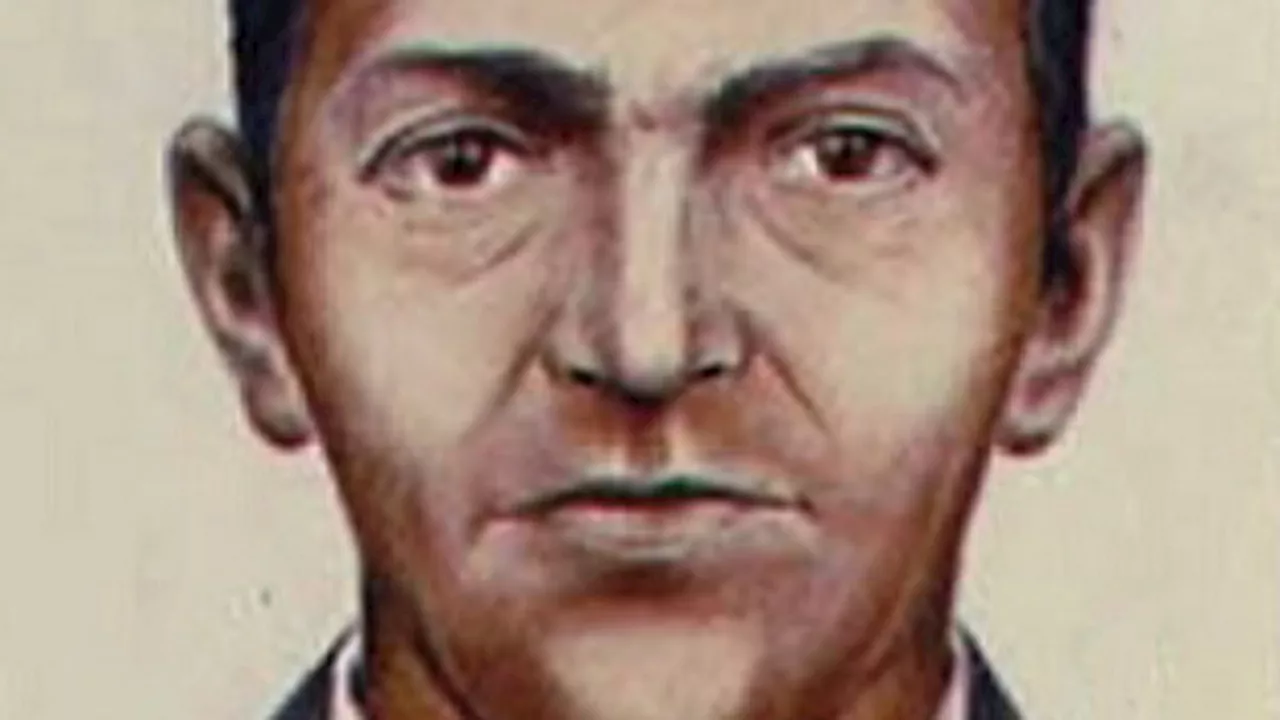 DB Cooper Mystery Solved: DNA Links Suspect to HijackerAn expert claims Richard Floyd McCoy Jr. is the notorious DB Cooper, the hijacker who commandeered a Boeing 727 in 1971, after DNA analysis revealed similarities between his DNA and that of DB Cooper. The FBI is now considering exhuming McCoy's body for further testing.
DB Cooper Mystery Solved: DNA Links Suspect to HijackerAn expert claims Richard Floyd McCoy Jr. is the notorious DB Cooper, the hijacker who commandeered a Boeing 727 in 1971, after DNA analysis revealed similarities between his DNA and that of DB Cooper. The FBI is now considering exhuming McCoy's body for further testing.
Read more »
